A shocking video has emerged showing a man stuck in an overhead bin and approximately 30 passengers injured after an Air Europa flight encountered severe turbulence on Monday, July 1. The Boeing 787-9 Dreamliner, operating as flight UX045 from Madrid to Montevideo, was forced to make an emergency landing in Natal, Brazil, due to the extreme weather conditions.
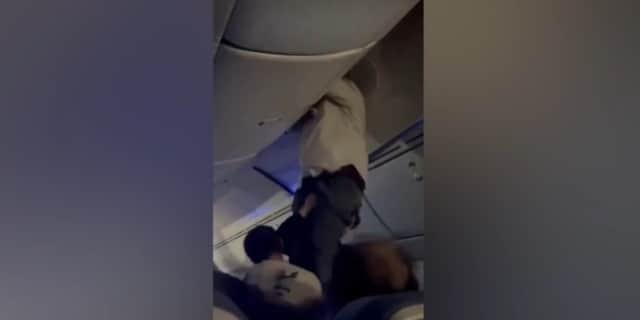
Air Europa confirmed the incident on social media, stating that those who sustained injuries were receiving medical attention. The aircraft, with a capacity of up to 339 passengers, experienced a sudden and severe bout of turbulence that caught many passengers off guard.
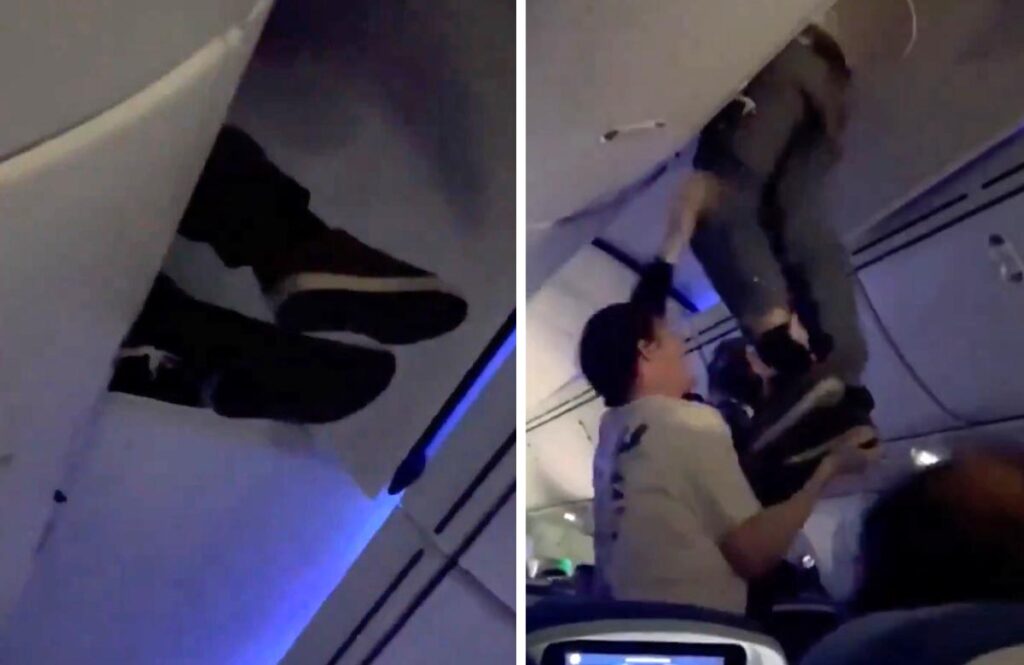
One passenger described the harrowing experience to Reuters: “From one moment to the next, the plane destabilized and went into a dive. The people who didn’t have seat belts on went up in the air and hit the ceiling, and they got hurt – those who had seat belts on, not so much.”
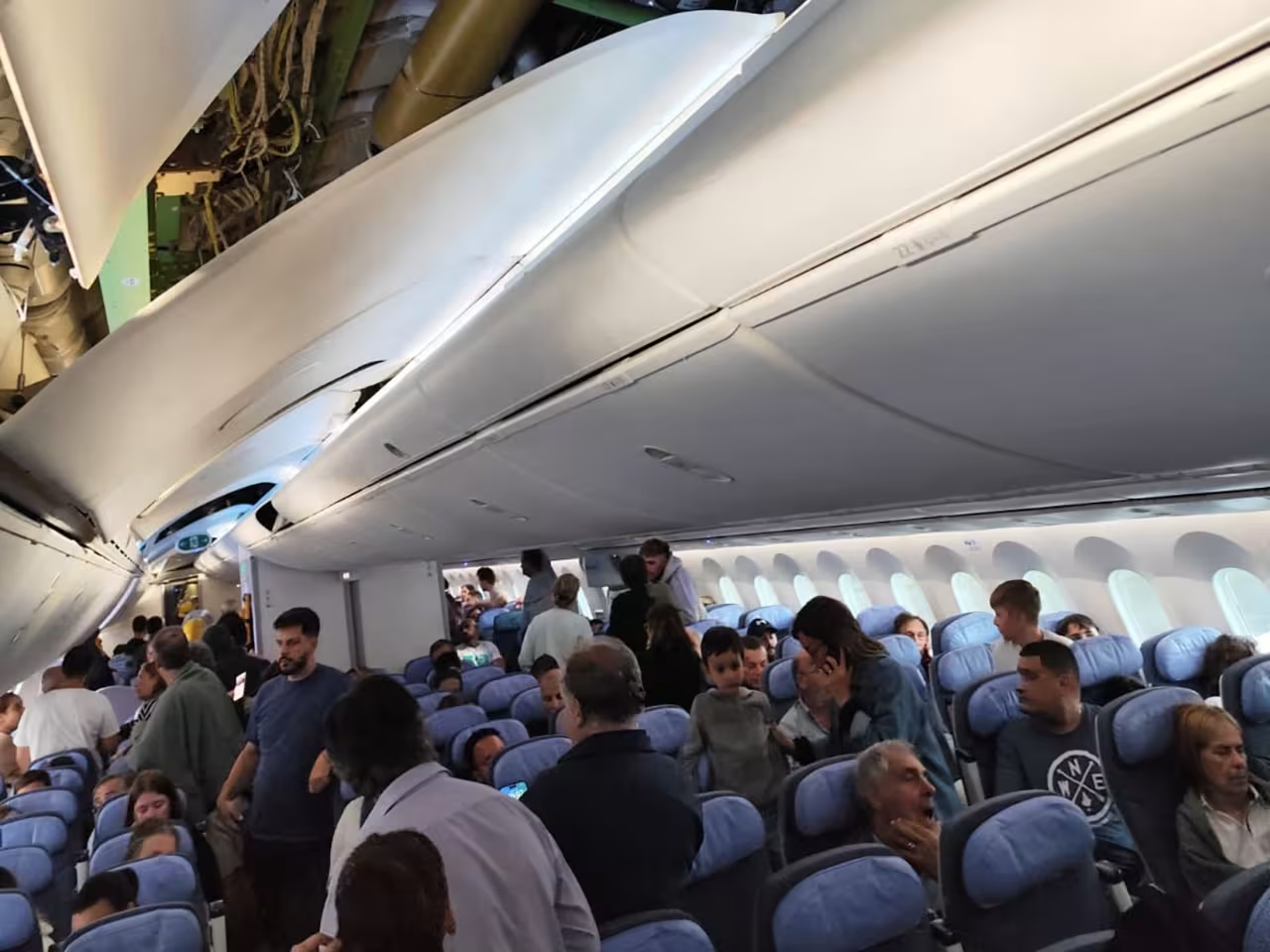
Another passenger, identified as Stevan, reported: “There are passengers with fractures and injuries to their arms, faces, and legs. There are about 30 people injured. It was a pretty horrible feeling; we thought we were going to die there, but thank God it didn’t happen.”
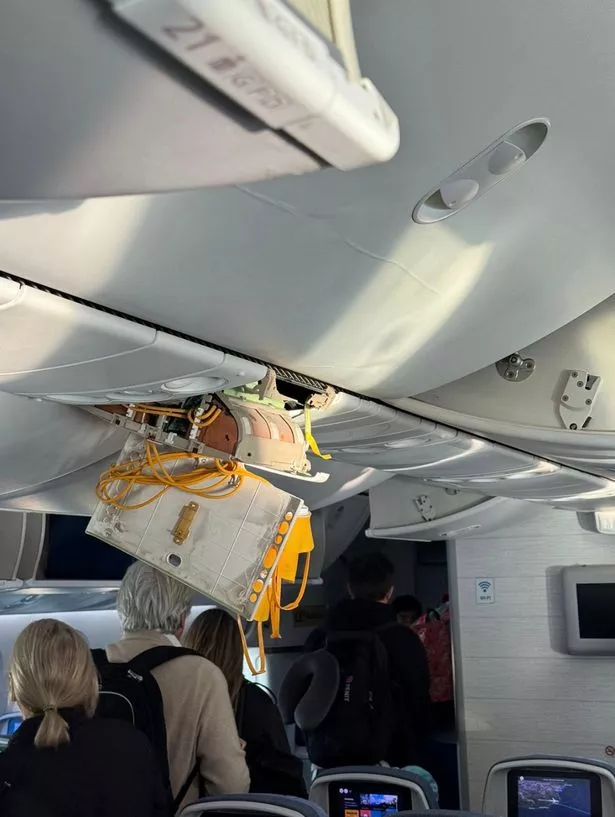
The video circulating online shows a man wedged in an overhead bin, highlighting the intensity of the turbulence encountered. Air Europa has arranged for another plane to depart from Madrid to pick up the stranded passengers in Brazil and continue their journey to Uruguay.
While there’s no evidence linking this incident to any safety malfunction, it comes at a time when Boeing faces scrutiny from whistleblowers alleging safety issues. Just last week, a whistleblower claimed that parts of Boeing’s 787 Dreamliner planes were built in an unsafe manner, potentially leading to “devastating consequences.”
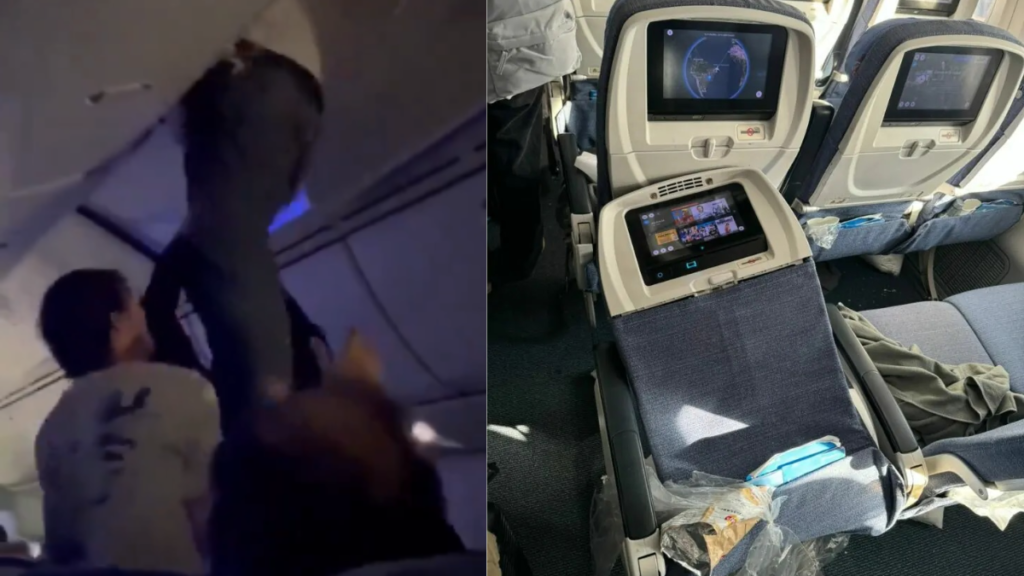
This incident serves as a stark reminder of the importance of wearing seatbelts during flights, even when the seatbelt sign is off. It also raises questions about aviation safety and the need for thorough investigations into such severe turbulence events to ensure passenger safety in the future.



